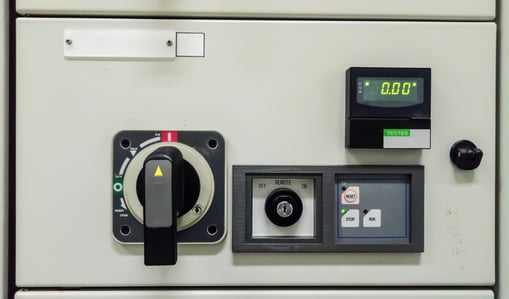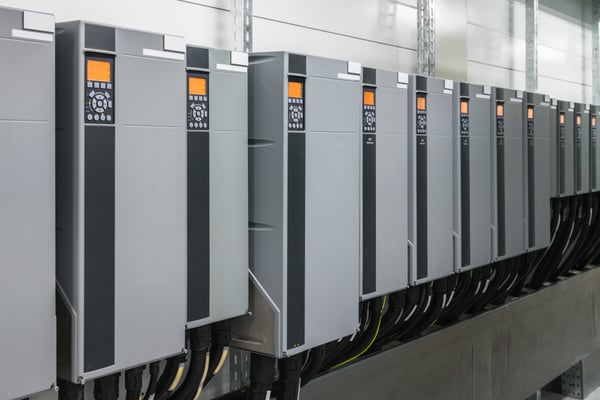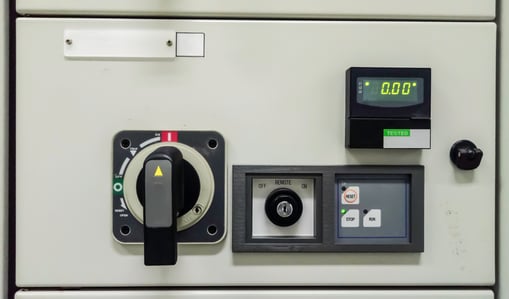Electric motors have many applications in residential, commercial and industrial buildings. However, engines must have adequate controls and protections to ensure a long useful life and correct operation. When motors start at full voltage, the high starting current and starting torque can shorten their life. Various starting methods are used to protect motors against this, including soft starters and variable frequency drives (VFD).
Starters not only protect engines, but also other electrical devices and mechanical components:
- Motor loads are not exposed to sudden starting torque.
- Other electrical devices are not exposed to voltage drop due to inrush current.
When comparing a soft starter and a VFD, it is not possible to say that one device is better than the other. A soft starter is designed exclusively to start motors at reduced voltage, while a VFD can also control the speed of a running motor. For a given engine power, a VFD is more expensive due to its additional functions. Using a VFD for a motor that doesn't require speed control is a waste of money.
Improve safety and save energy in your building with a professional electrical project.
This article will compare soft starters and VFDs, mentioning some suitable applications for each device. Both devices use power electronics, but their internal components are different.
When to use a Soft Starter?

A soft starter uses a set of six thyristors, or silicon controlled rectifiers (SCR), to reduce the starting current and torque of a three-phase motor. A thyristor can be described as an electronic “valve” that only allows current in one direction and only when a control signal is applied. Six thyristors are required for three-phase power, as three AC voltages alternate polarity at 60 Hz – two thyristors are required per phase, each for a different polarity.
When an electric motor uses a soft start, the six thyristors are used as valves that limit the three-phase voltage. Instead of applying the rated voltage all at once, the soft starter cuts off part of the voltage waveform and this limits the starting current and starting torque.
The SCR circuit used by a soft starter can limit the voltage, but the frequency remains at 60 Hz. Since the speed of a running motor depends on the frequency, a soft starter cannot reduce the rpm. However, this is not a problem in applications where the engine is always used at maximum speed.
Soft starters are useful when motors drive large loads that require high current and torque to start rotating. These loads include industrial machines, dust collector fans and constant flow pumping systems.
When to use a variable frequency drive?

As mentioned above, a VFD can control both the voltage and frequency applied to an electric motor. This means that a VFD can be used as a starter, but can also reduce speed in applications where the motor's workload changes. Voltage and frequency control is possible thanks to a three-step process:
- The AC voltage supply is converted to DC with a rectifier.
- The DC signal is then filtered to improve power quality.
- Finally, an inverter converts DC power back to AC at the required voltage and frequency.
Because a VFD controls voltage and frequency, it can also adjust the V/Hz ratio, which determines torque. Reducing the voltage of a running motor will typically cause higher currents and overheating, which are detrimental to performance and lifespan. However, when voltage and frequency are reduced, an electric motor can be slowed down without negative consequences.
VFDs are useful when motors have varying workloads, and energy savings of over 20% are common with speed reduction. For example, a VFD can reduce a building's pumping system when water usage is low or can reduce ventilation rates when occupancy is low. In both cases, there is a great opportunity to save energy.
Conclusion
When motors start at full voltage, the high starting current and starting torque can damage them and other components. Soft starters and VFDs reduce starting current by limiting voltage, but there are also important differences between these devices.
Electrical engineers recommend soft starts when motors only need a starting system, and VFDs when motors also need speed control during operation. A soft starter cannot save energy by slowing down a motor with variable load, and a VFD wastes its speed control capability when used only as a starter.

